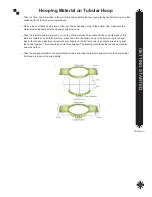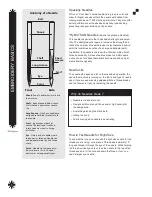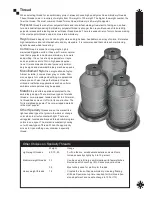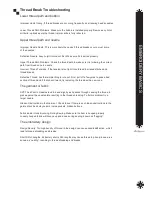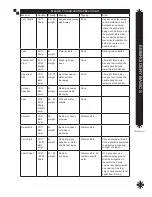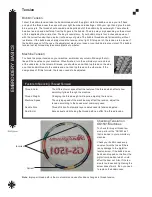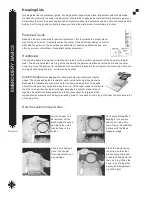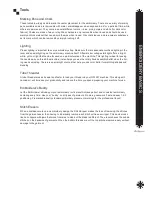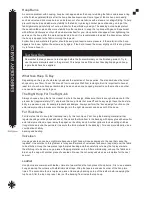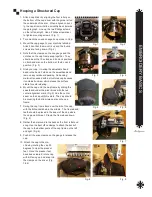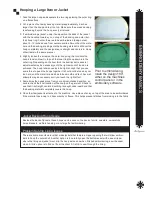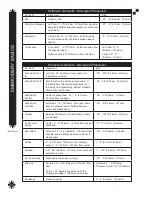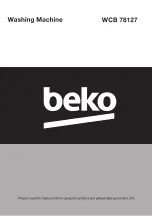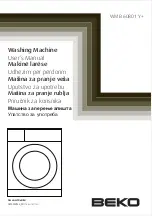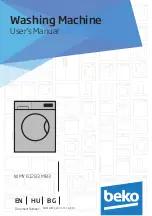
EM
B
R
OI
D
ER
Y
B
A
S
IC
S
12
Hoops
There are several types of hoops: tubular, magnetic, jacket back, hoopless frames and cylindrical attach-
ments. The purpose of the hoop is to connect the fabric to the machine in a tight stable environment, so the
fabric doesn’t move or distort as it is being sewn. Attachment ears on the hoops vary from one manufacturer
to another so it is important to specify the machine manufacturer when ordering hoops. The hoops shown
here are not available for all embroidery machines. They vary from one machine to another. Most manufactur-
ers offer tubular hoops, magnetic hoops, border frames and some specialty hoops such as cylindrical attach-
ments or cap attachments.
A large array of after market hoops are also available and often developed by machine distributors and/or
third party companies.
Hoop Shapes
Hoops come in all shapes and sizes – round, oval, square and rectangle. The round and oval shapes offer
the best stability for the fabric because the tension is consistently the same all around. Square or rectangle
hoops may be needed for embroidery designs that have that shape but the tautness may not be the same on
all parts of the hoop.
Hoop Construction
Hoops are made of plastic, wood and metal with the majority of them in plastic. Plastic hoops are very du-
rable and generally do not need any special maintenance but over time can develop cracks. They are a bit
more flexible and forgiving then wood. Wooden hoops are very strong and have great holding power due to
the grain pattern on the hoop itself. Keep moisture away from wooden hoops, it can cause them to warp and
become useless. It’s best to mark wooden hoops, in some way, to ensure the original pairs stay together and
always store them with the top and bottom joined. Specialty hoops, like the hoopless frames are made of
metal and are the least forgiving of all the hoops.
Flat vs. Tubular Hoops
Hoops have two classifications — tubular and flat. The only difference between tubular and flat hoops are the
placement of the brackets that attach the hoop to the machine. Tubular hoop’s brackets attach to the inner
hoop ring while flat hoop brackets attach to the outer hoop. On the embroidery machine’s control panel the
setting for the HOOP MODE is FLAT for both types.
Tubular hoops are the most popular hoop used today. Ninety percent of all jobs can use a tubular hoop
whether it’s a flat or tubular garment with or without the machine’s tabletop. Most tubular hoops are double
height so they hold the fabric firmly. They are usually made of plastic and sometimes wood.
Tubular hoops are different from other hoops because the arms that connect to the machine and inner ring
are on the outside of the garment, while the larger outer ring with the adjusting screw is inside the garment.
The hoop arms on the outside of the garment make tubular items such as T-shirts easier to sew on a com-
mercial embroidery machine.
Flat hoops are designed for hooping flat material. Most of the time they are used in conjunction with the
embroidery machine’s tabletop. Jack back hoops and border frames are an example of flat hoops.
Summary of Contents for GS1501
Page 30: ...GETTING STARTED 28 ...
Page 31: ...GETTING STARTED 29 The Control Panel Display ...
Page 62: ...EMBROIDERY BASICS 28 Notes ...
Page 64: ...MACHINE BASICS 2 ...
Page 65: ...MACHINE BASICS 3 ...
Page 70: ...MACHINE BASICS 8 ...
Page 71: ...MACHINE BASICS 9 ...
Page 78: ...MACHINE BASICS 16 Notes ...

